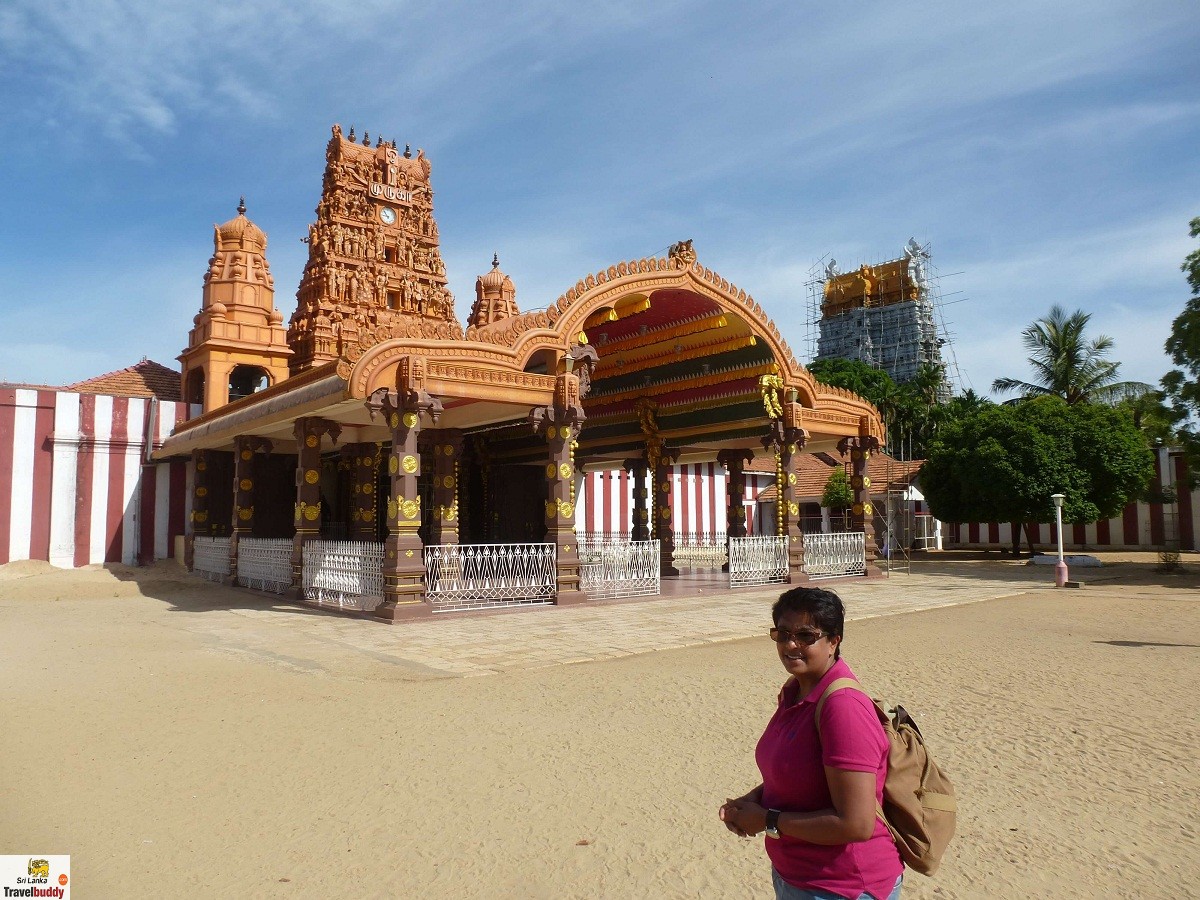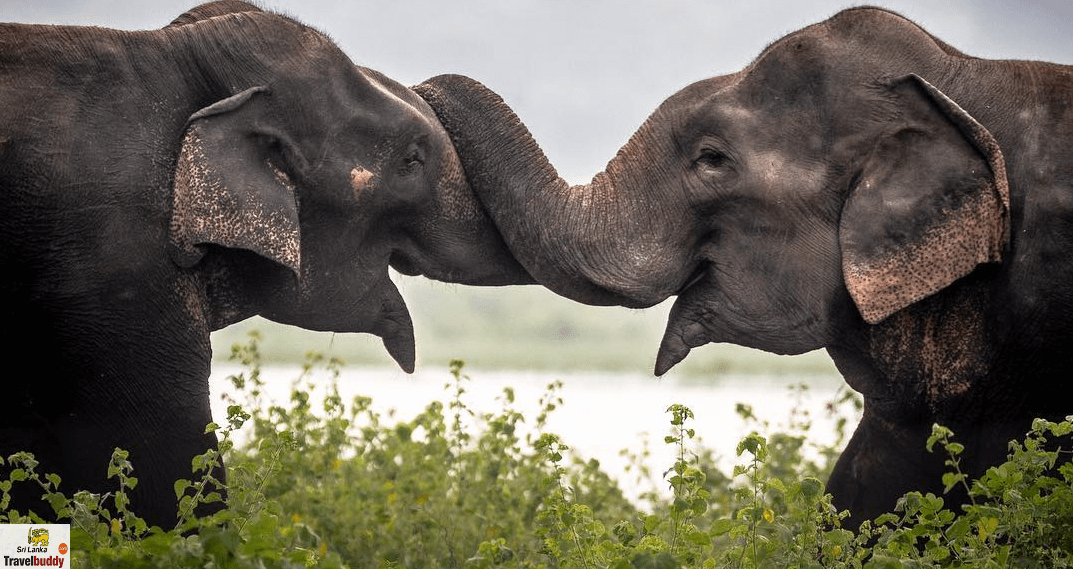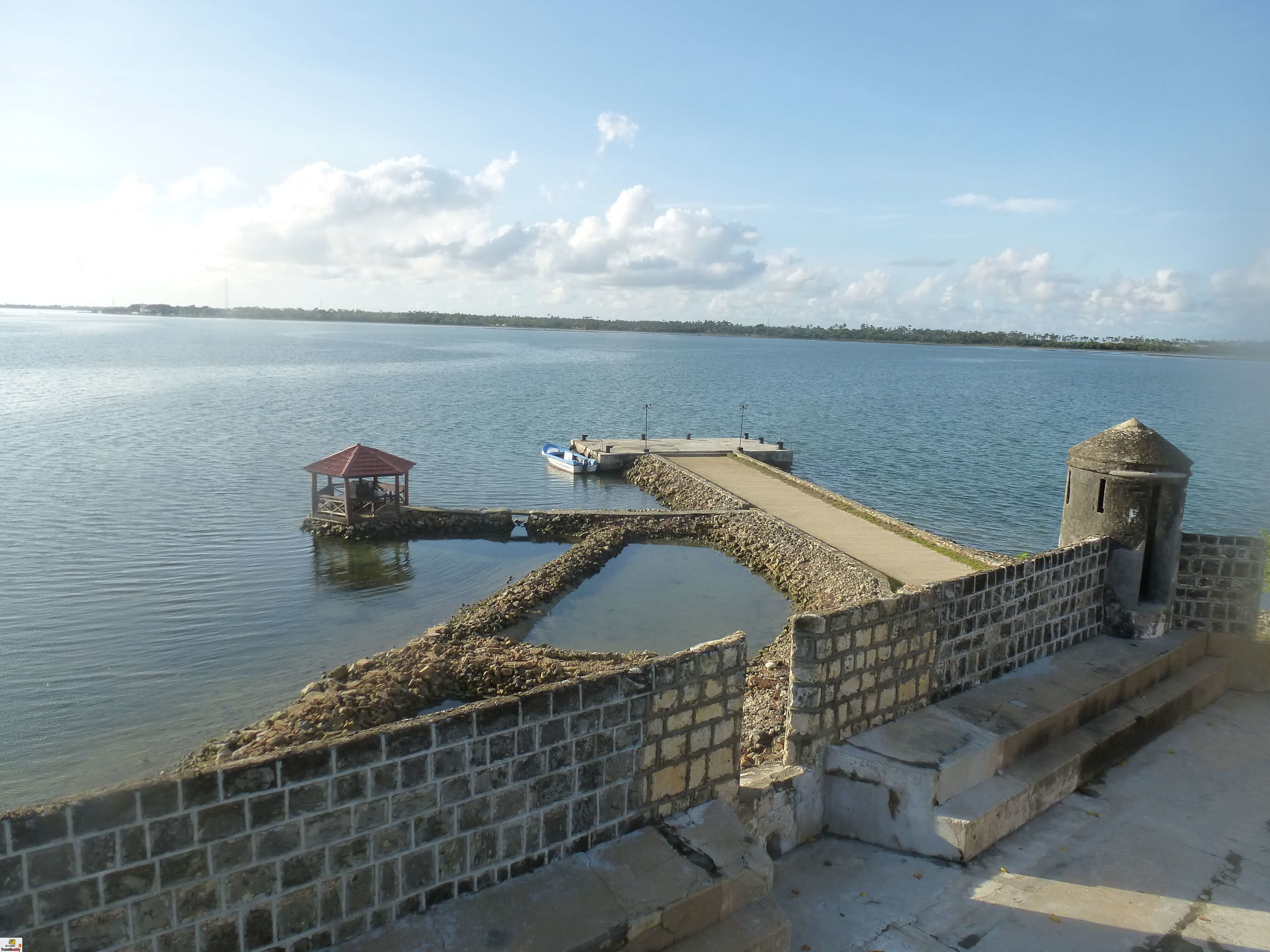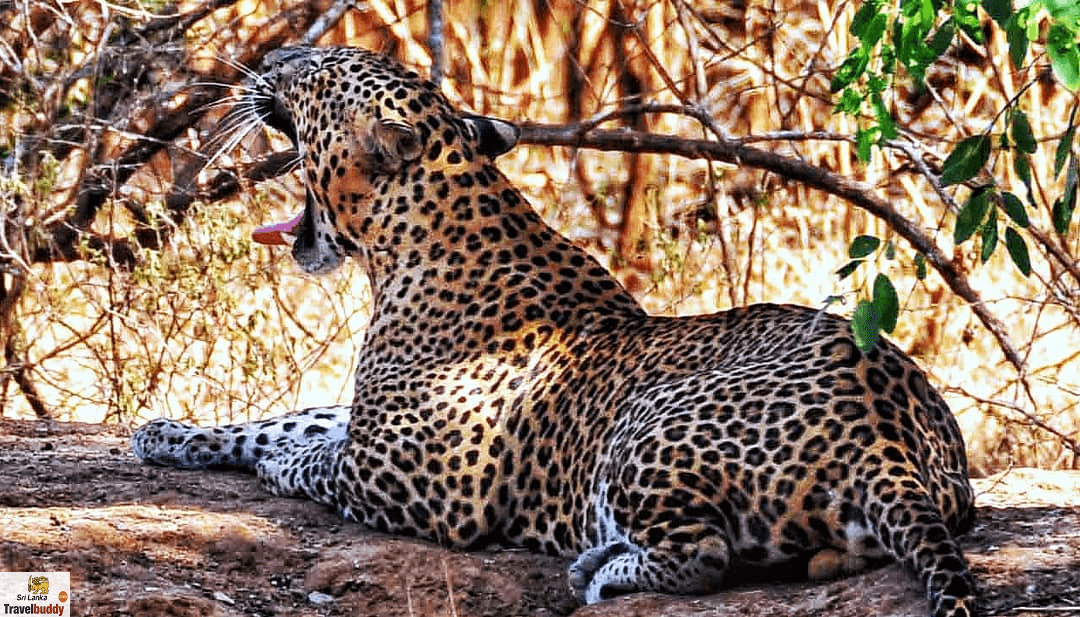Table of Contents
Introduction
This travelogue covers one trip a few years back but splits it into two parts due to the length. In this second part, we describe the main sights on the Jaffna peninsula. And it starts with the overall feeling, as that is quite different from the rest of the Island of Serendipity.
-
The first shock came at the hotel when as usual I got tap water to boil for making tea. The tea, good Dilmah quality, tasted like salted vinegar! Now we remembered that the Jaffna area is the sole part of Sri Lanka where there is not enough rainfall to use as tap water, hence they have desalination plants, but due to cost reasons it’s ‘half desalinated’. Good enough for e.g. showers and cooking, not sticky, but definitely not meant for drinking even after boiling.
-
Another, more positive, the shock is the friendliness of the people. Here they are far less used to tourists than in the South and Centre of the island, so it’s easier to start a chat – when traveling alone and maybe even more so when you’re a mixed party like we.
-
Of course, a landscape full of kovils plus the odd church, and hardly any dagobas is another contrast with the South.
-
The landscape is surreal – flat flat flat, always salty sea wind from some side, and lots of lagoons intruding into the land. The only more-or-less equivalent in Lanka are the plains off Hambantota, and not surprisingly Jaffna and Hambantota are the main areas where salterns are used for producing the valuable mineral.

For these reasons, and maybe also the specific fruits (grapes!) and veggies/spices grown here and the excellent and unique Jaffna curries served, one could call Jaffna peninsula the Salty side of the island. This travelogue follows the spots which we covered in roughly one and a half-day.
Nallur
Whether the main sight here was the large kovil itself or the excellent (and uniquely Jaffna) ice cream parlors across the road the family disagrees 😉 But both were nice. Sandya and brother went into the temple; men have to do so bare-chested, and that was one of the reasons I stayed at the entrance. Outside of the festival/pilgrimage days, the temple is ‘just’ a large impressive kovil, but still worth seeing.

Point Pedro
This small fishing harbor is the northernmost harbor of the whole country, and as expected has a signpost indicating distances to faraway cities around the world. The seawater is surprisingly clear for a port, so it even looked like having good swim and snorkel options. Also, the lighthouse gives a picturesque edge. As we did not plan any swimming, it was a relatively brief ‘bucket list’ stop for us.

Kadurugoda
From a road more or less going West-East we now turned to the deeper inland of the peninsula. We had to navigate quite a lot of byroads to reach this small village north of Jaffna. And even in the midday heat, you can admire the landscape, with e.g. tobacco and cotton grown on the fields due to the unique dry Jaffna climate. Amidst which lots of small kovils, and sometimes even a huge statue of some Hindu deity overlooking (and protecting?) the roads and fields.
When we reached Kadurugoda it was clear that this had been a Buddhist shrine area, but of quite a different type than usually found in Sri Lanka. When it was discovered in 1917 it seems that around 60 remainders of small dagobas were seen; currently, there are around 20 left. And at least their core has more or less been restored. It’s really a museum area, no active worshipping – but we found it a serene and impressive place!

Keerimalai sacred springs and kovil
The next two sights and the last for this packed day lie on the north coast just like Point Pedro; but west of the airport and KKS harbor, not that far from Karainagar former island with its beach and Hammenhiel fort.
Keerimalai is a curious place; it’s different from the hot springs in three places in the East and South of the island. Here the ‘healing’ water is not mineral-filled and neither extra hot, but just comes from some underground well near the sea. Locals believe that bathing in it offers purification and even protection against or curing of some diseases. It’s swimming pool-size ponds, separate for men and women. Sandya’s brother took a short dip in the first one, but we haven’t seen a significant decrease in his regular small illnesses since then ☹ . Next door is a large kovil, erected by a local man who did get cured after bathing in the well, hence your-mileage-may-vary.

Dambakola Patuna
A few kilometers west we found the second active Buddhist place in the whole area, the first being Nagadeepa which is described in another travelogue. This is a former harbor, where more than two millennia ago Bhikshuni Sanghamitta landed from India and brought, next to teachings, a sapling of the sacred Bo Tree with her. This tree then got planted at Anuradhapura, and supposedly the tree there is alive since then (or at least a close descendant of the original one).
The current site is more of a display, and reverence, of the historical event having happened here than a very active and alive temple. So it focuses more on day-trippers, of course, Sinhalese Buddhists, than on a local community with pujas, etc. But it’s a quite nice display, with e.g. a replica of the sailing boats from those days, and displays serenity of itself.

Jaffna library
The next morning, and we had to pack for a long ride to Anuradhapura. But like the day before we had no time to visit the iconic Library building we dropped by this morning. Unfortunately for some reason, it was closed for the day, but at least gave a nice picture.

Elephant Pass
So as a consequence we headed southeast a bit quicker than expected. Having arrived over the scenic Pooneryn bridge from Mannar, now it was time to take the Elephant Pass road. Named like that as the colonial Dutch traders marched captured elephants over this narrow stretched piece of land, amongst the relatively rare ‘non-mountain’ passes worldwide, to Jaffna. Wherefrom the harbors they were exported to Indian Maharajas.
The area is as breathtaking as most of the Jaffna peninsula, with lagoons, flamingos, and salterns. And a nice new railway station for the local community and the war memorial. The latter is, of course, a serene memory of the sad 1983-2009 days in the whole peninsula. But we recently visited the Pearl Harbor memorial in Honolulu and experienced how a war memorial can respect and value contributions from both warring parties (and also the huge loss of American lives in that case). That dimension was sadly missing from the EP memorial; by solely celebrating the victory of the Srilankan Army in the year 1990, and leaving out the historically far more important loss of that same army of the Elephant Pass base to the LTTE in the year 2000, it is at least disrespectful to the full truth and possibly even deceiving part of the visitors. But hey probably it needs more time to heal the wounds of war, maybe if we’re 60 years after now (just a long time as Pearl Harbor attack is now in the past) there will be enough distance to put proper memorials at Elephant Pass.

Bottom line
After that we continued to A’Pura; traffic was quite low and roads were of great quality until Vavuniya, after that our speed implode by half to the usual crawling on Lankan roads. The overall feeling of the Jaffna peninsula is still of uniqueness, a surreal landscape with great people, and lots of smaller attractions. We will return later, e.g. when finally some beaches have been developed with proper resorts, and we’re sure that there are lots more little gems to be discovered here! The Jaffna sights history and other information are currently presented on the Wikitravel page.
https://wikitravel.org/en/Jaffna
About the authors
Sandya & Erik are travel nerds. A mixed European-Lankan couple, they split their time unsurprisingly between bases near Colombo and in Europe. And have traveled throughout the lovely island numerous times. Google if you have a strong urge to find a way to contact them directly.




